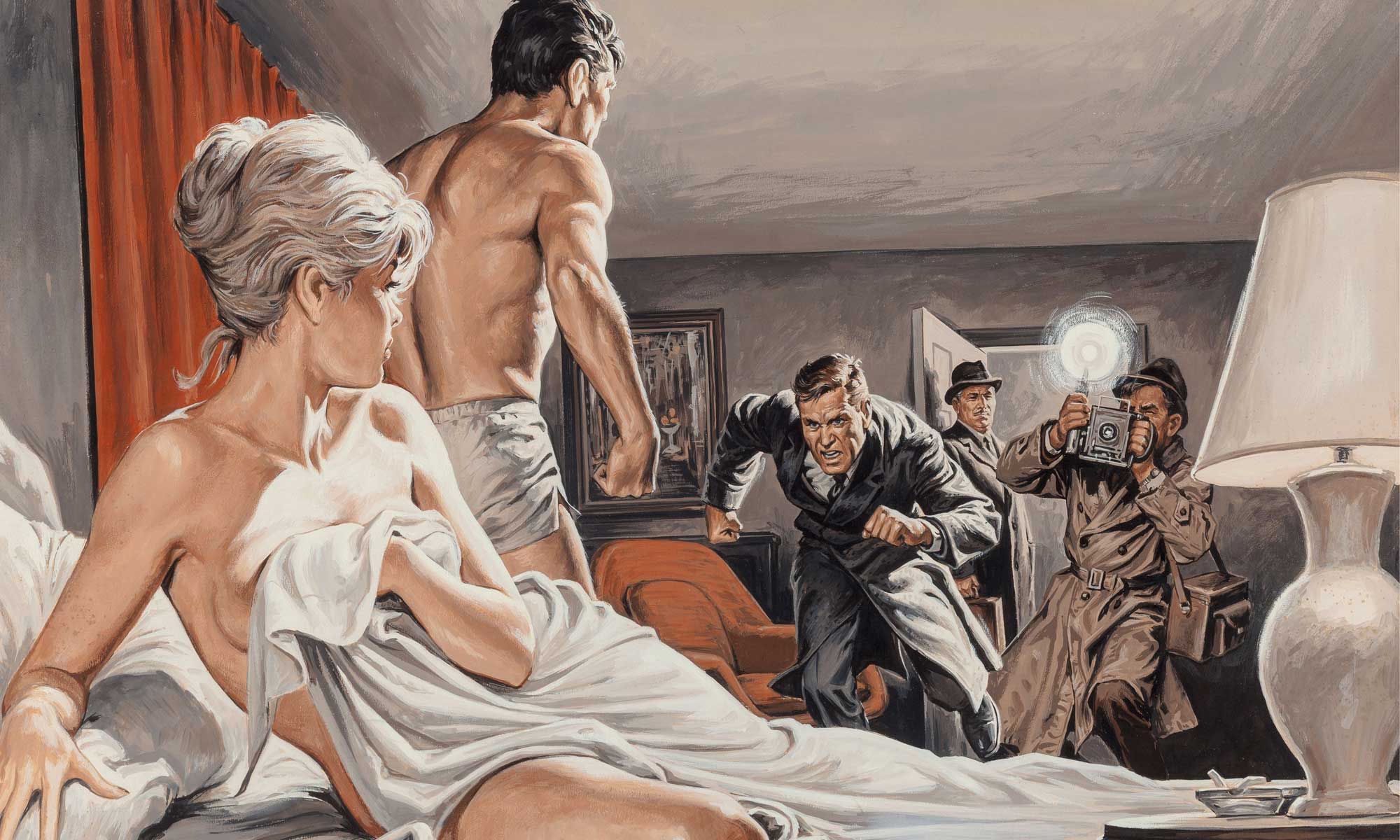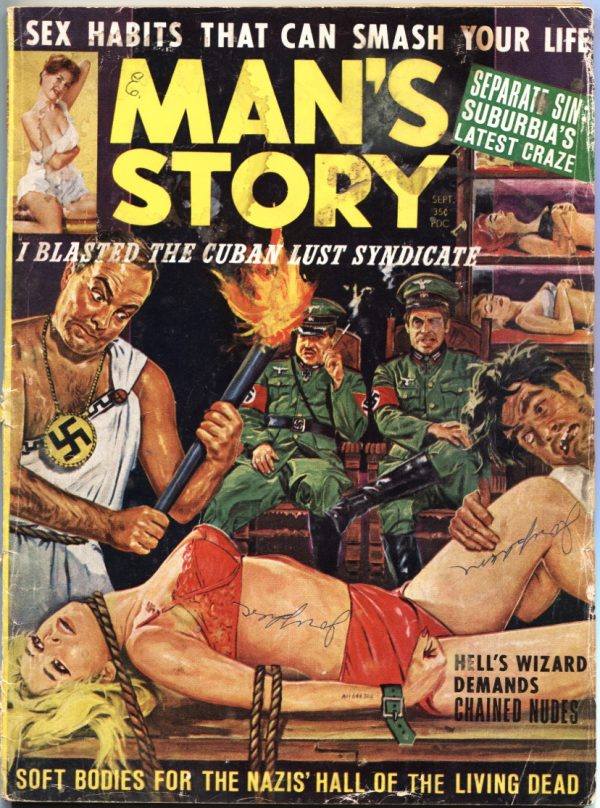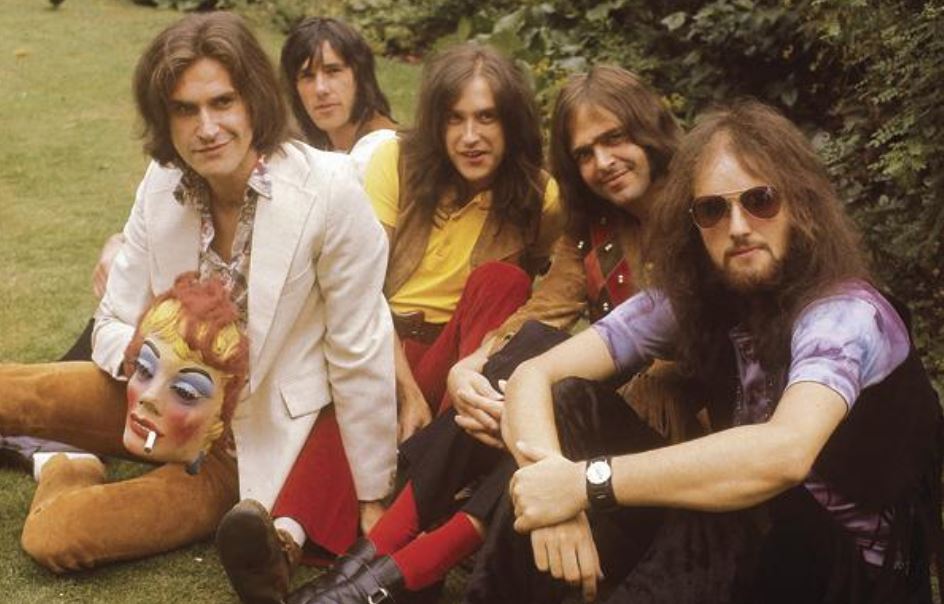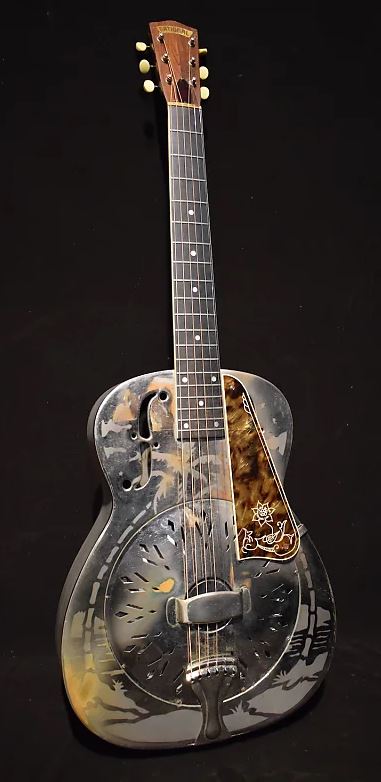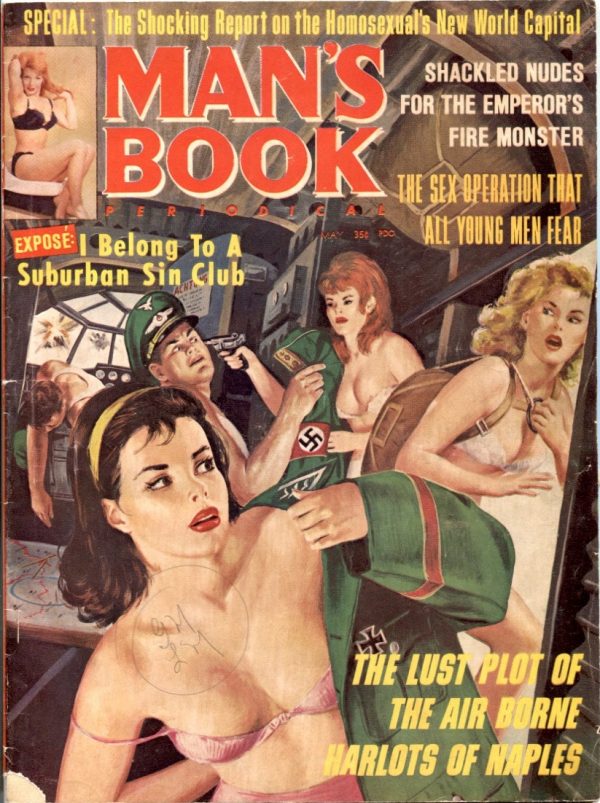This looks pretty good. Renfield, didn’t you play there?
“Nightclubbing” is the first-ever documentary about the renowned New York City nightclub Max’s Kansas City (1965-1981) which had an indelible impact on the worlds of music, fashion, art, culture and the creation of the city’s punk rock scene.
Featuring rare footage of Iggy & The Stooges, New York Dolls, Sid Vicious and Wayne/Jayne County & classic footage from Johnny Thunders/Heartbreakers, unique archival footage and exclusive interviews with Alice Cooper, Jayne County, Billy Idol, Steve Stevens, music journalist/Patti Smith Band guitarist Lenny Kaye, late New York Dolls guitarist Sylvain Sylvain, Warhol superstars Penny Arcade & Ruby Lynn Reyner, Suicide’s Alan Vega, Bad Brains H.R. & Dr. Know,
Stimulators’ Denise Mercedes, Nick Marden (and their then-12-year-old drummer, future Cro-Mag Harley Flanagan), Twisted Sister’s Jay Jay French, D Generation’s Jesse Malin, Blondie’s Frank Infante, Dead Boys’ Jimmy Zero, Stiv Bators’ girlfriend Cynthia Ross, Mickey Leigh, Shrapnel/Monster Magnet’s Phil Caivano, Punk Magazine founder & Ramones album cover illustrator John Holmstrom, Mink Deville’s Louis X. Erlanger, American Hardcore author Steven Blush and a who’s who of New York’s rock scene of the time, including Elliott Murphy, Bob Gruen, Peter Crowley, Neon Leon, Leee Black Childers, Donna Destri, Sonny Vincent, Phillys Stein and the fabulous Jimi LaLumia.
